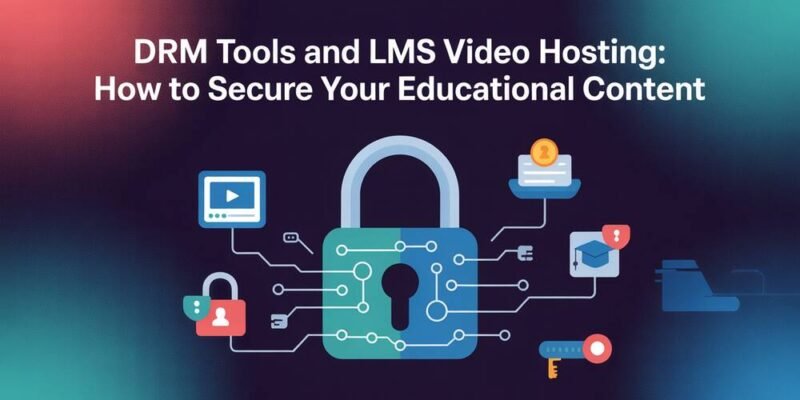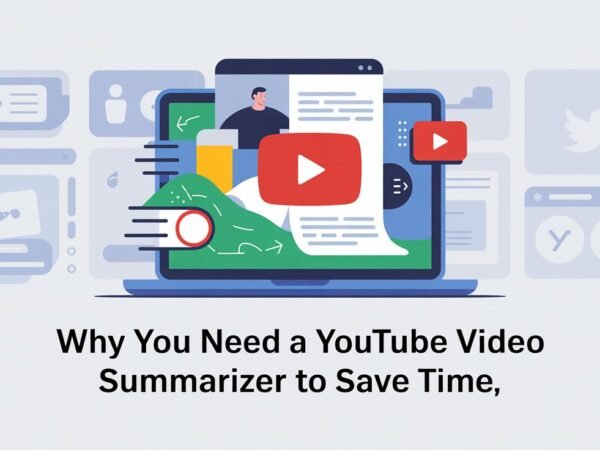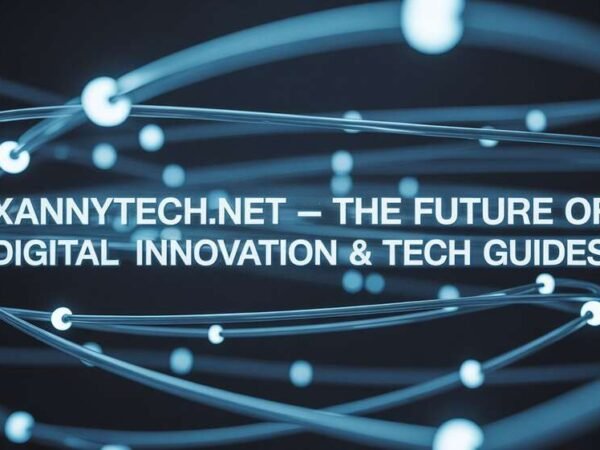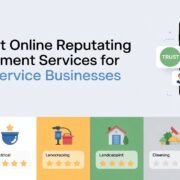As e-learning continues rising across schools, universities, and corporate training platforms, protecting video content has become more critical. With online courses becoming premium products, the risk of unauthorized sharing, screen recording, and piracy looms. To tackle this, educators and training providers must combine two essential technologies: DRM tools and secure LMS video hosting.
In this blog, we explore DRM tools, why they’re essential in the context of LMS platforms, and how to implement them to ensure your video lessons remain private, protected, and profitable.
What Is LMS Video Hosting?
LMS video hosting refers to storing, delivering, and playing video content within a Learning Management System (LMS). Platforms like Moodle, LearnDash, and Tutor LMS are used widely to create structured online courses, often relying heavily on video for instructional delivery.
Effective LMS video hosting must provide the following:
Fast video playback across devices Multiple-resolution support for varied internet speeds Custom branding and UI control Seamless integration with LMS modules and quizzes Analytics and learner engagement tracking
However, when course videos are hosted without adequate protection, they can easily be downloaded, shared, or screen-recorded. That’s where DRM tools step in.
What Are DRM Tools?
DRM (Digital Rights Management) tools are software technologies designed to protect digital content, especially videos, from unauthorized access, downloads, and redistribution. In the context of e-learning, DRM tools secure educational videos so that only enrolled learners can view them and only in the ways allowed by the course provider.
Modern DRM tools typically provide the following:
AES encryption during video transmission License-based playback control, so only authenticated users get access Screen capture protection (on supported devices and browsers) Device, IP, or geo-restrictions Dynamic watermarking to discourage screen recording and identify leakers
Platforms like VdoCipher integrate advanced DRM tools to ensure that video content remains inaccessible even if a student shares a course link.
Why DRM Tools Are Essential for LMS Video Hosting
The combination of DRM tools and LMS video hosting helps secure your course content at every step, from upload and storage to playback and analytics. Here’s how they work together:
You upload your video to a secure LMS video hosting platform. The platform encrypts the video using DRM technology. The LMS restricts access to the video based on user enrollment or access rules. A license request is made to the DRM server when a student plays the video. If authenticated, the video decrypts and plays, often with watermarking to discourage misuse.
Without DRM, your hosted videos are vulnerable to being downloaded with simple browser tools or shared through screen recordings, which is especially dangerous for paid or sensitive content.
Benefits of Using DRM-Enabled LMS Video Hosting
For educators, institutions, and training businesses, combining DRM and LMS video hosting offers multiple benefits:
Revenue Protection: Prevent content theft, piracy, and mass sharing of paid courses. Learner Accountability: Use watermarking and access logs to trace unauthorized usage. Content Integrity: Ensure your materials are not misused, modified, or distributed outside the learning platform. Improved User Trust: Show students and partners you take content security seriously. Compliance: Meet data and copyright protection standards often required in corporate or institutional environments.
Use Cases That Demand Secure LMS Video Hosting
Not all learning environments require heavy-duty content protection. But in the following scenarios, secure DRM-based video hosting becomes critical:
Paid online courses or certifications
Corporate compliance and HR training University lectures delivered remotely Sensitive or confidential internal training materials Licensing-based educational content resale
In each of these, unauthorized content leakage can lead to revenue loss, data breaches, and legal consequences.
If you’re running an LMS platform and using video as your primary teaching tool, then combining LMS video hosting with reliable DRM tools is no longer optional; it’s essential. This combination ensures smooth playback for legitimate learners and airtight protection from piracy and misuse.
Do Read: Adverse Media Screening: Everything You Need to Know













